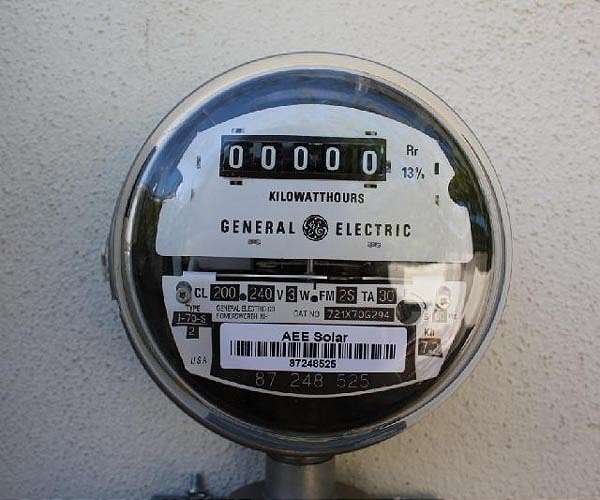Expansion sought for compliance with fuel cell net energy metering requirements
Major California utilities, including Southern California Edison (SCE), Pacific Gas and Electric Company (PG&E), and San Diego Gas and Electric (SDG&E), have formally requested an eight-month extension from the California Public Utilities Commission (CPUC). ) to implement the new greenhouse gas emissions standards for net energy metering (NEMFC) fuel cells.
This extension addresses a deadline set out in Ordering Paragraph 25 of Order D.23-11-068, which requires existing NEMFC systems to certify compliance with current greenhouse gas (GHG) emissions standards within a specified time frame . Initially set for May 21, 2024, the utilities are now proposing a new deadline of February 1, 2025, citing delays in approving the necessary advisory letters critical to communicating new reporting requirements to customer generators.
The advisory letters in question (PG and E 7143-E, SCE 5197-E, and SDG&E 4361-E) are intended to establish the reporting protocols necessary to track compliance with the CARB standards. However, delays in approvals have delayed utilities’ schedule for sending out initial notices to customers, which is a critical first step in the compliance process.
The utilities argue that the extension will give customer generators sufficient time to enter into contracts with performance data providers, a requirement to remain eligible for the NEMFC tariff. This process is part of a broader effort to ensure that fuel cell technologies contributing to the state’s electric grid meet strict environmental standards, reducing greenhouse gas emissions in line with California’s aggressive climate goals.
Background information on the NEMFC program
The NEMFC program is part of California’s broader strategy to integrate clean energy solutions such as fuel cells into the state’s electric grid. These systems must meet specific greenhouse gas emissions standards to qualify for the net energy metering incentives that make such facilities economically viable. The program not only supports California’s environmental goals, but also encourages the adoption of innovative technologies in the energy sector.
This extension request reflects the complex nature of implementing regulatory changes in a diverse and technologically evolving landscape. It also underlines the utilities’ commitment to ensure that all stakeholders, especially customer producers, have sufficient time to adapt to the new requirements.
The CPUC’s decision on this extension request will be closely watched by industry stakeholders and environmentalists alike as it will impact the pace at which new environmental standards are implemented across the state’s rapidly growing clean energy infrastructure.


